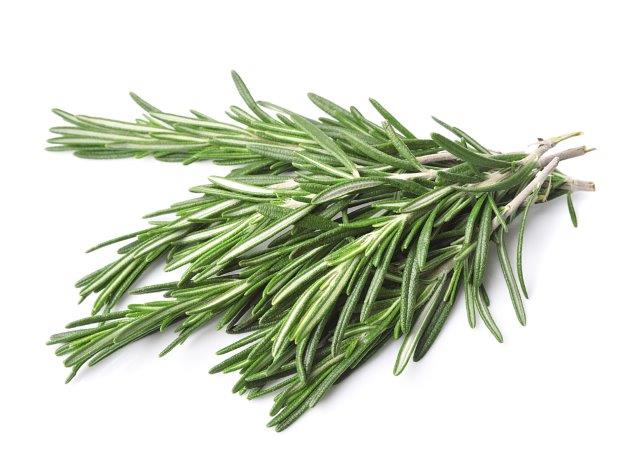FOR IMMEDIATE RELEASE
ACS News Service Weekly PressPac: July 23, 2014
Rosemary and oregano contain diabetes-fighting compounds
"Bioactive Compounds from Culinary Herbs Inhibit a Molecular Target for Type 2 Diabetes Management, Dipeptidyl Peptidase IV"
Journal of Agricultural and Food Chemistry
The popular culinary herbs oregano and rosemary are packed with healthful compounds, and now lab tests show they could work in much the same way as prescription anti-diabetic medication, scientists report. In their new study published in ACS’ Journal of Agricultural and Food Chemistry, they found that how the herbs are grown makes a difference, and they also identified which compounds contribute the most to this promising trait.
Elvira Gonzalez de Mejia and colleagues point out that in 2012, type-2 diabetes affected more than 8 percent of Americans and cost the country $175 billion. Some people can manage the disease with exercise and changes to their diet, and others take medication. But not everyone can stick to a new lifestyle or afford the prescription drugs necessary to keep their blood-sugar level in check. Recent research has shown that herbs could provide a natural way to help lower glucose in blood. So Gonzalez de Mejia’s team decided to take a closer look.
They tested four different herbs, either greenhouse-grown or dried commercial versions, for their ability to interfere with a diabetes-related enzyme, which is also a target of a prescription drug for the disease. They found that greenhouse herbs contained more polyphenols and flavonoids compared to the equivalent commercial herbs. But this didn’t affect the concentration required to inhibit the enzyme. Commercial extracts of Greek oregano, Mexican oregano and rosemary were better inhibitors of the enzyme, required to reduce risk of type-2 diabetes, than greenhouse-grown herbs. The researchers say more studies are needed to understand the role of these compounds in reducing the risk of type-2 diabetes in humans.


